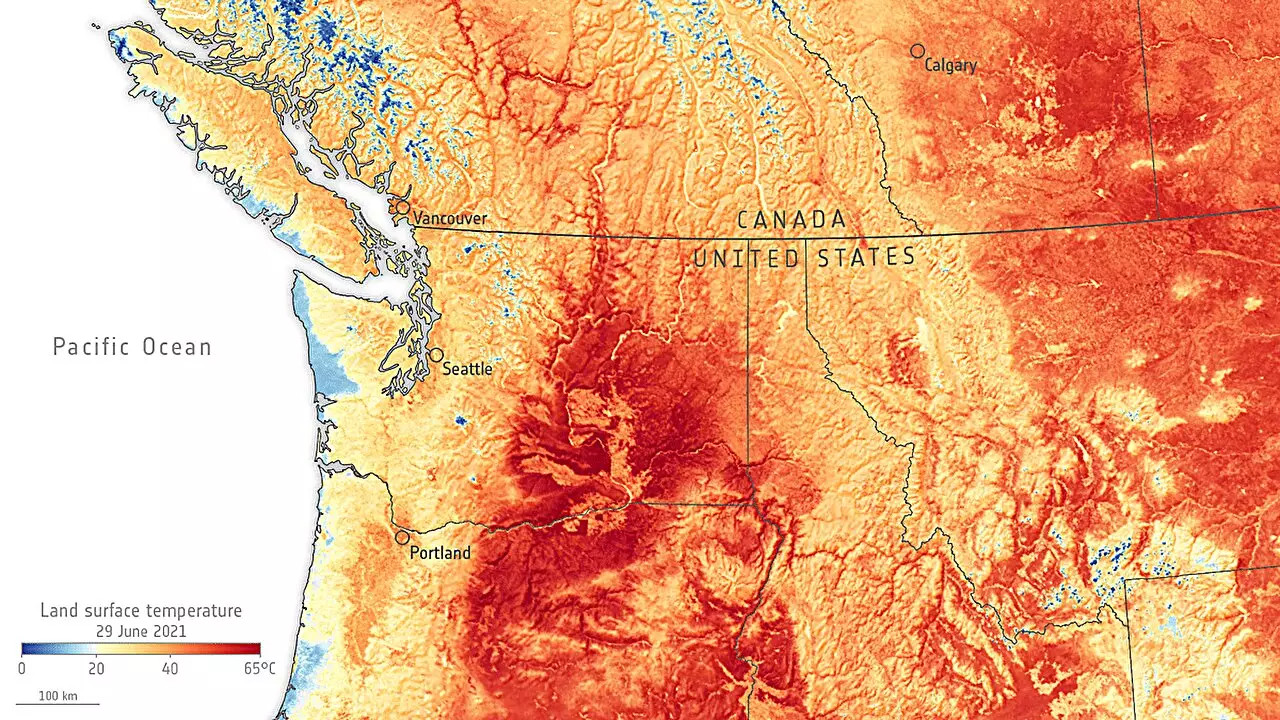Weather forecasting has long been a science marked by the uncertainty of atmospheric phenomena. Typically, traditional models limit their predictions to a maximum of ten days due to the chaotic nature of weather systems. This short-term forecasting often leaves communities unprepared for extreme weather events, reminiscent of the catastrophic heat wave that struck the Pacific Northwest in June 2021. The repercussions of this heat wave were sobering: infrastructure suffered damages, crops were devastated, and hundreds of lives were lost. Predictive limitations underscore the urgent need for more reliable long-term forecasting methods that can better equip communities facing severe weather challenges.
The Role of Adjoint Models in Forecasting
Meteorologists have relied on adjoint models to gauge how sensitive weather forecasts are to errors in initial conditions. By examining how slight variations in temperature or humidity can ripple through predictive models, scientists can refine their forecasts. This method, however, is not without its flaws. Financial constraints and substantial computational demands hinder many research initiatives, while the capacity of adjoint models extends only up to five days. As a result, forecasters are compelled to work within a constrained framework, limiting their ability to harness the full potential of accurate long-term weather predictions.
In response to these challenges, researchers have started to explore how deep learning could revolutionize weather forecasting. By leveraging artificial intelligence and machine learning, researchers sought to create more efficient and precise methods of modeling atmospheric conditions. A recent study published in Geophysical Research Letters revealed groundbreaking results from two deep learning models: Google DeepMind’s GraphCast and Huawei Cloud’s Pangu-Weather. These models were used to generate forecasts for the aforementioned June 2021 heat wave, providing a rare opportunity to test their capabilities against historical data without bias.
The findings of the research were promising. By utilizing deep learning techniques, the researchers achieved a staggering 94% reduction in 10-day forecast errors with the GraphCast model. This remarkable improvement was similarly reflected in the Pangu-Weather model. Perhaps most importantly, the advances demonstrated by these deep learning models extended forecasting capabilities to an impressive 23 days in advance, a significant leap for the field of meteorology. Such progress not only enhances the reliability of long-range forecasts but also empowers communities to better prepare for and mitigate the impacts of extreme weather events.
The integration of deep learning into weather forecasting signifies a pivotal shift in how meteorologists understand and predict atmospheric conditions. As we confront the realities of climate change and its potential to escalate extreme weather occurrences, the need for improved forecasting becomes ever more critical. By embracing these technological advancements, we can move toward a future where communities are more resilient and better equipped to navigate the challenges posed by an increasingly unpredictable climate. This new era of weather prediction holds the potential for transformative change, offering hope and security to populations around the world.

